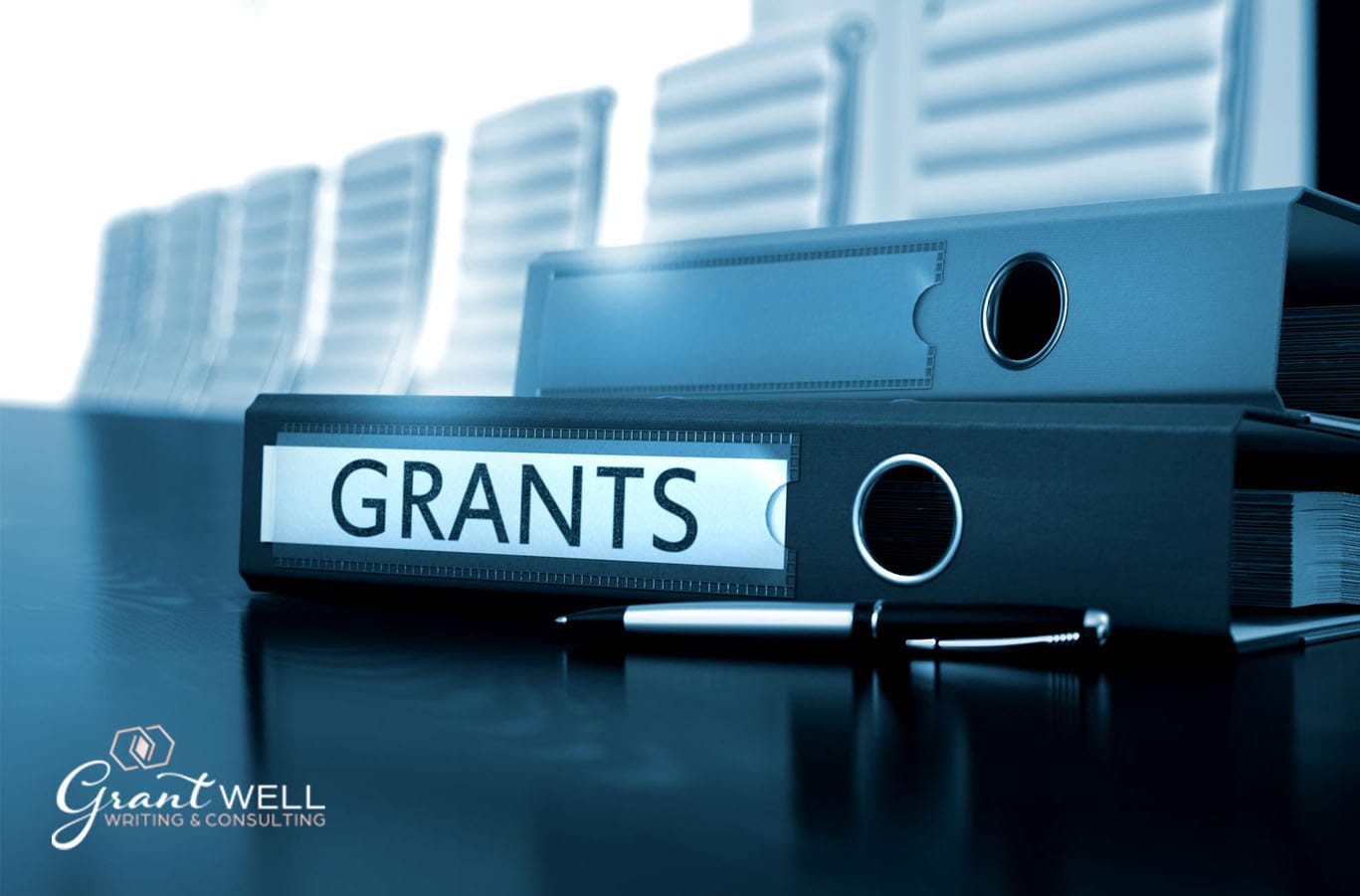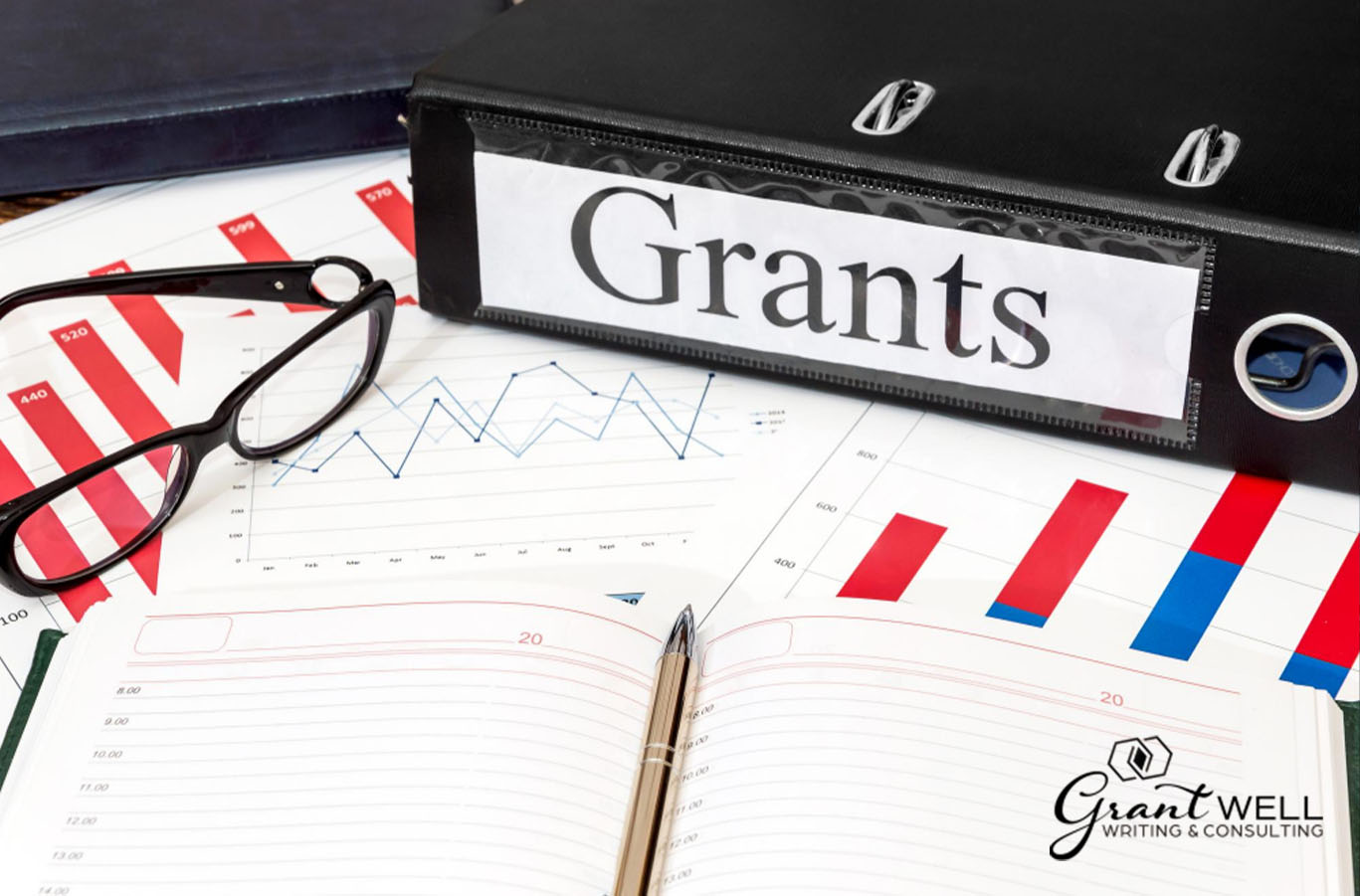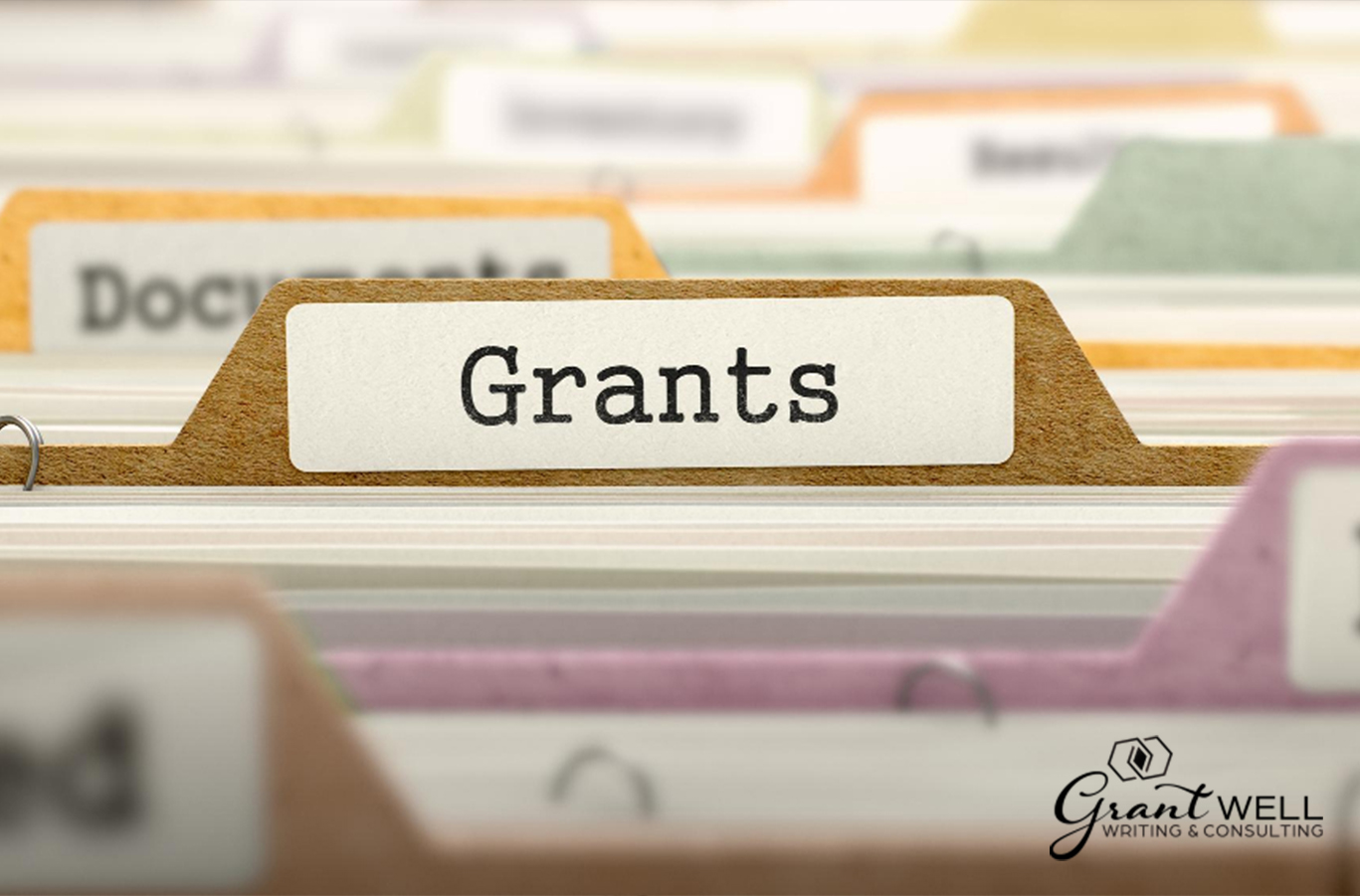It’s worth noting that different foundations and grantmakers may have varying requirements. Before beginning the writing process, read the call for proposals thoroughly.
The steps of the grant proposal writing process are as follows:
1. Summary of the Proposal
Give a quick summary of the full proposal. Include both the finances you’re requesting through the grant and the resources you’ll receive from others.
2. A Brief Overview of the Applicant
Make a case for your nonprofit organization’s legitimacy by describing it. Justify why you can be relied upon to manage the cash appropriately. Share the history of your company, your track record of accomplishment, and why you’re the best candidate for the job.
3. The Statement of Need/Problem
Determine the necessity of your project. Show who will benefit and how they will benefit. Describe the repercussions of not funding the project as well as the unmet demands. This should be a well-documented, factual account of the situation. Discuss your issues and why they are important to you.
Include a case study of a real-life beneficiary who your organization has helped. Demonstrate a genuine need for a real individual (of course, the name should be changed for privacy reasons). Explain your timeline and why obtaining finance is so important right now.
4. The Goals and Objectives
What are you hoping to achieve? Define your objectives and how you’ll know if you’ve accomplished them. Make a list of the specific, measurable outcomes you expect from your project’s efforts. Your objectives should be in line with your need statement.
5. Develop a program plan
How will you carry out the project? Describe the methods you’ll use to reach your goals. What will your primary responsibilities be? Give detailed information on them. What will be done by whom? When will they do it, and how will they do it?
6. Maximum Capacity
You must also describe how your company is prepared for the project. Do you, for example, have enough trained personnel and a supportive board of directors and community? Link this to the timeline: how will you complete your program plan on time?
7. Evaluation Strategy
Describe how you’ll determine whether the goals have been met. How will you monitor and assess if activities are being carried out according to plan? What will inform you if you’re succeeding and how will you know?
8. Budget for the Program
Make a detailed and reasonable budget. You should strive to include data on expenses as well as other potential revenue streams. For example, the applicant organization’s resources or the resources provided by other partners.
9. Long-Term Effect
Let’s talk about the long run. Is your project a one-time initiative or does it require ongoing funding? How will you continue to make an effect once the grant time has ended?
Note that some donors may request you to attach certain documents to your applications, such as your organization’s Internal Revenue Service letter, a list of your board directors and their connections, your current operating budget, or letters from partner organizations




